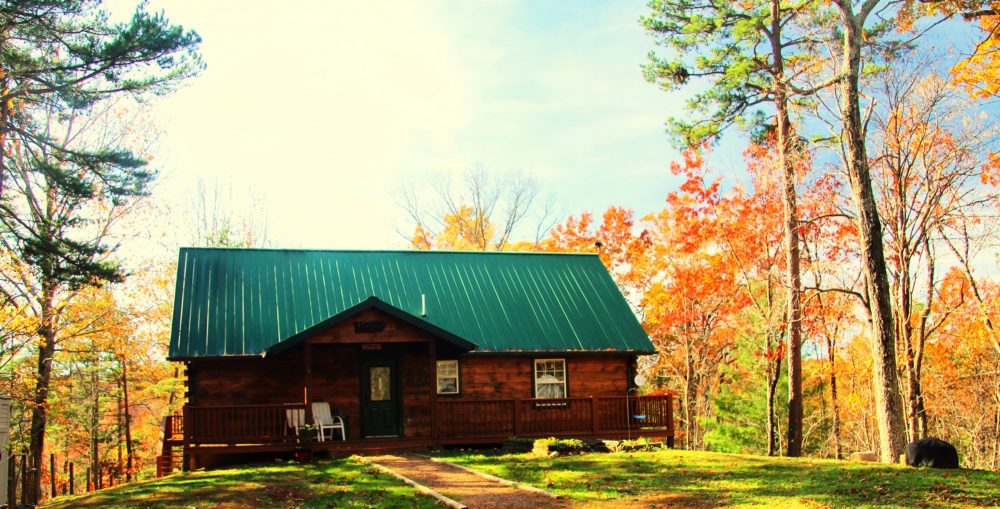Initial planning had us spending several days here at the gate to Milford Sound but the road is still washed out with access only for tour bus caravans, no private vehicles. Milford Sound will have to wait for some other trip….We will just make it a day trip this time.
The Te Anau Bird Sanctuary is a fun stop. We get to see some very rare and difficult to spot in the wild critters. The Ruru owl, she is quietly perched and hard to find even in an enclosure. Bright green Antipodes Island parakeets are easy to spot but don’t sit still for long. Neary every species of bird I have seen in the wild seems to be black and white! The Kaka Parrots climb about and chew on everything. Grey ducks, they look a lot like mallards and unfortunately cross breed with introduced mallards, so the true grey duck species is rapidly declining. Takahe, a very rare and endangered ground bird. This pair fosters birds to be released into the wild in areas that have been cleared of predators. It is great to see animals we will likely miss out on in the wild. It is also a bit sad to know that no matter the country, man manages to mess us the natural balance and endanger dozens, even hundreds of species. Here in New Zealand the biggest blunder made by very early settlers seems to have been the introduction of the fluffy, adorable, tasty rabbit. It seems harmless enough but set in motion a whole series of increasingly unwise events. The rabbits being rabbits in a place of nearly limitless food multiplied to the point of nuisance. Ferrets were introduced to eat the rabbits. Ferret populations take off. More predators and the saga continues. Ultimately resident native birds, many ground dwellers and ground nesters, fall victim to the introduced predators and have paid the price for man’s experimentation. NZ is fighting hard to correct that. There are traps everywhere; many tended by citizen scientists and environmentalists. It is a mighty effort with mixed returns. Best success seems to be clearing remote islands of pests then moving endangered species to those protected enclaves. Not exactly restoring what has been damaged but at least saving some species.
Iron Teepee
“Living our Dreams”
